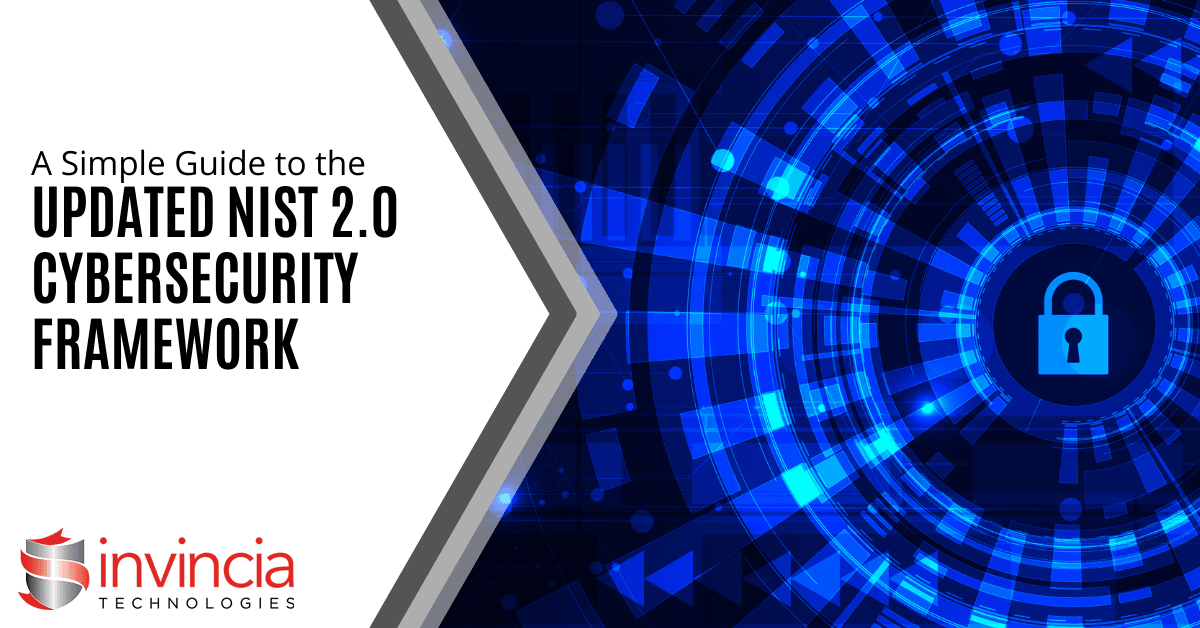Staying ahead of threats remains a universal challenge for organizations, regardless of their size. From February to March 2024, reported global security incidents surged by 69.8%, underscoring the urgency for a structured cybersecurity approach to safeguard your organization.
Recognizing this need, the National Institute of Standards and Technology (NIST) developed the Cybersecurity Framework (CSF) to offer an industry-agnostic strategy for managing cybersecurity risks. Recently updated to NIST CSF 2.0, this framework provides a comprehensive and adaptable approach, building upon the success of its predecessor.
At the core of NIST CSF 2.0 lies its five concurrent and continuous Functions: Identify, Protect, Detect, Respond, and Recover. These Functions offer a strategic view of cybersecurity risk management, facilitating dynamic responses to emerging threats.
- Identify: Understanding organizational assets, cyber risks, and vulnerabilities is paramount. This Function sets the foundation for installing appropriate safeguards.
- Protect: Implementation of safeguards such as firewalls and encryption is crucial to deter, detect, and mitigate cybersecurity risks.
- Detect: Early detection of incidents minimizes damage. This Function emphasizes the importance of identifying and reporting suspicious activities promptly.
- Respond: In the event of a cybersecurity incident, outlined steps include containment, eradication, recovery, and learning from the experience.
- Recover: Restoring normal operations post-incident involves activities like data restoration, system recovery, and business continuity planning.
The framework also introduces Profiles and Tiers to tailor cybersecurity practices according to an organization’s specific needs, risk tolerance, and resources.
- Profiles align Functions, Categories, and Subcategories with business requirements and resources.
- Tiers provide insight into an organization’s cybersecurity risk management processes, ranging from Partial (Tier 1) to Adaptive (Tier 4).
Benefits of adopting NIST CSF 2.0 include an improved cybersecurity posture, reduced risk of cyberattacks, enhanced compliance with industry standards, improved communication about cybersecurity risks, and cost savings through prevention and incident impact reduction.
To get started with NIST CSF 2.0:
- Familiarize yourself with the framework by reading the publication.
- Assess your current cybersecurity posture to identify gaps.
- Develop a cybersecurity plan based on your assessment.
- Seek professional assistance from a managed IT services partner if needed.
Schedule a cybersecurity assessment today to leverage the benefits of NIST CSF 2.0 and fortify your organization’s cybersecurity posture. Contact us to begin the journey towards a more secure future.

